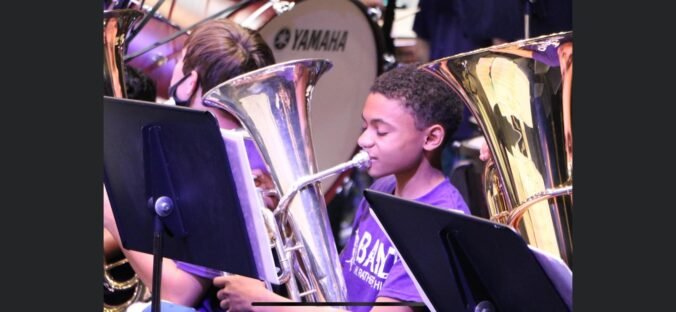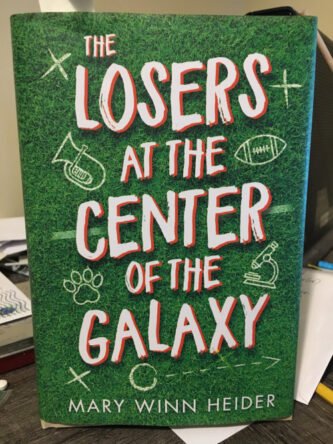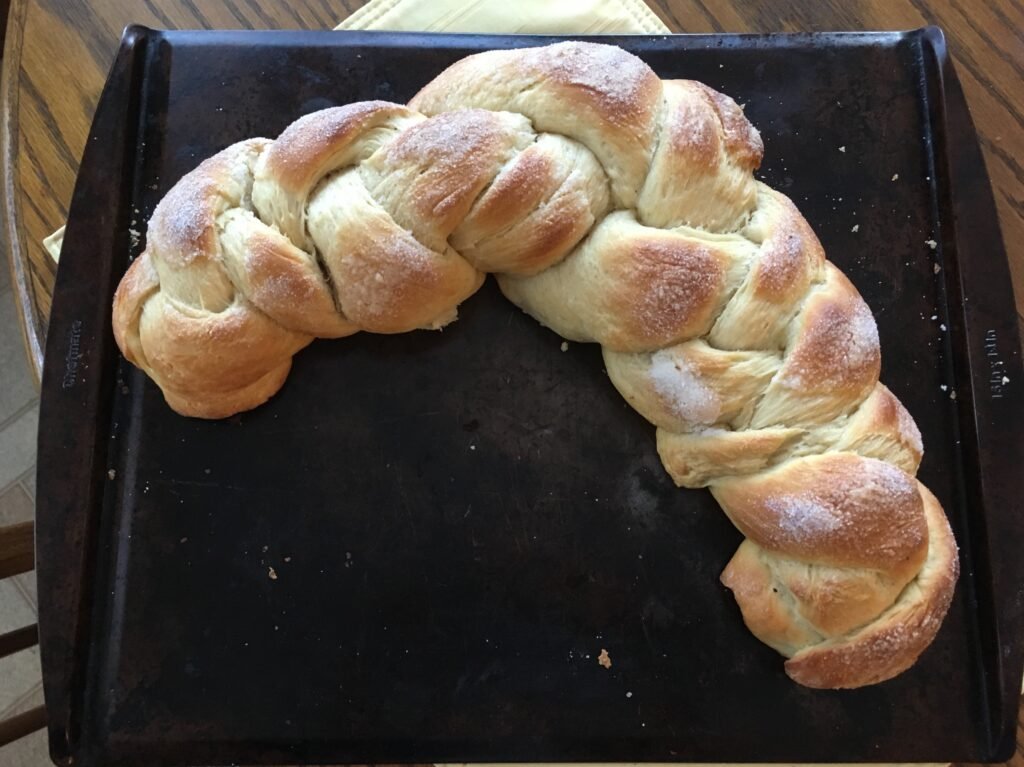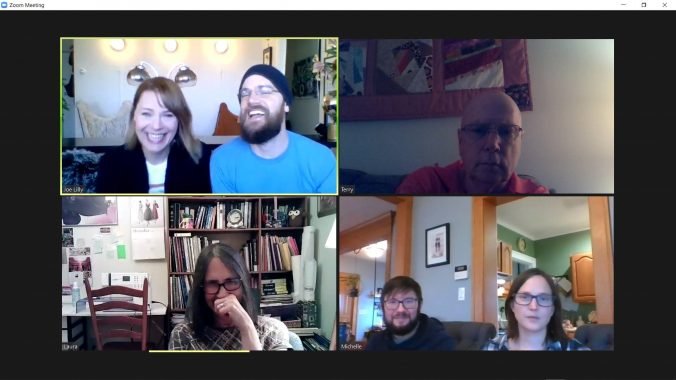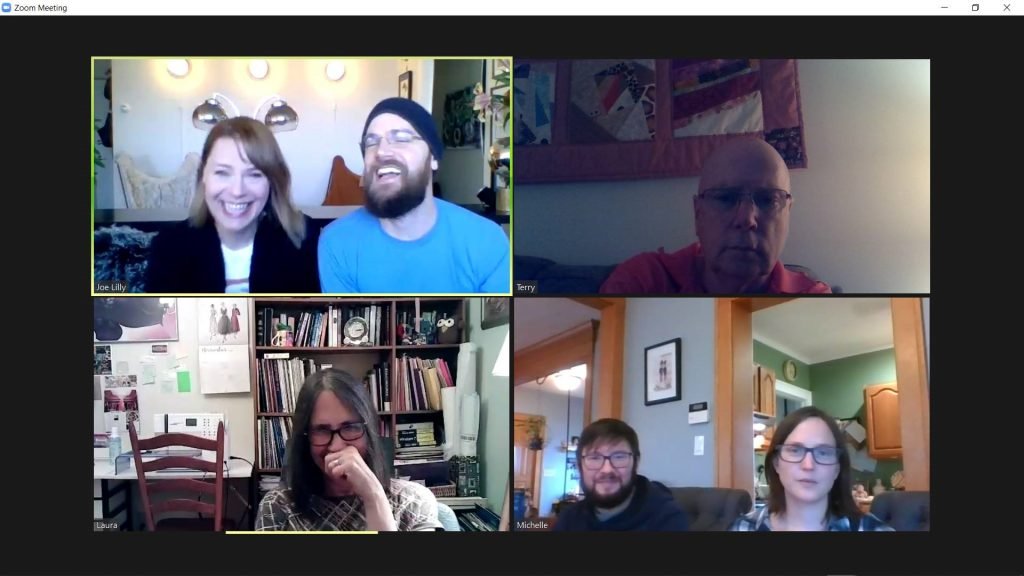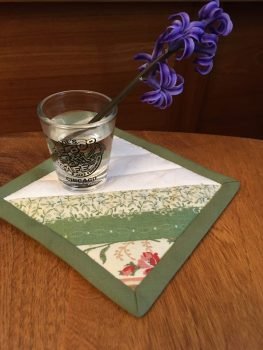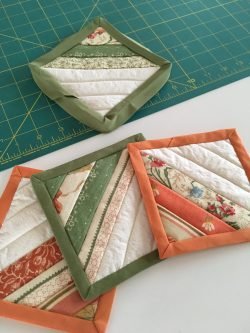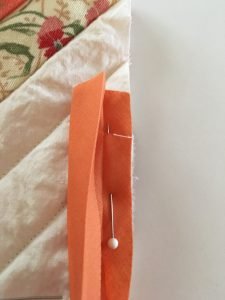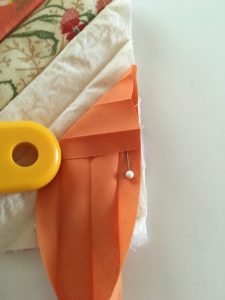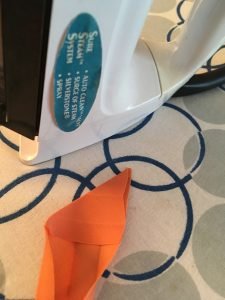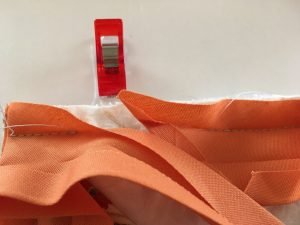The Fix was Simple. Finding It Was Not.
Consider this a blogger-buddy public service post…A little over a week ago I set up a staging site to make a few changes to my site, perform updates on various plug-ins and to install the new wp5.8 upgrade. I really like that my hosting company offers a fairly easy way for this non-techie to do this task. I’d even go so far as to say, it’s kind of fun to poke around in my cPanel!
That said, after doing a manual backup, then setting up the staging site, I began my task in earnest.
Plug-in updates – piece of cake. A few other minor fixes – done and done.
Now for the biggie – the wp5.8 upgrade.
At first glance, all looked just like it always looked. Upon further perusal, my site appeared to function as usual.
In my giddiness of having triumphed over the ever looming threat of a broken site due to update/upgrade glitches, I was all set to depress the ‘push to live’ button.
But – and I think this is where my maturity and ever nagging sense of doing things ‘right’ kicked in – I decided to check just one more thing. That being, actually writing up a new sample blog post using the extra Gutenberg Blocks that came with the upgrade.
Blithely clicking the ‘add new post’ button on my dashboard, I expected to begin a fun jaunt into exploring the nuances of the newly added Gutenberg Blocks.
What unfolded before my very eyes, however, was far from being anything fun…What unfolded before my very eyes was…
The White Screen of Death
I could easily navigate back and forth from the emptiness of that edit page to my dashboard, but what good is a website/blog if one has no way to write or publish new content?
Oh and, let’s not forget, I discovered this ‘glitch’ as an after thought! I almost nixxed all my hard work in the protected environment of a staging site with the single ‘push to live’ command.
While hugely grateful to my inner OCD self to have diverted such a disaster, I was more than a bit resentful that I had yet another hurdle to jump over just to get my site up and running on a basic wp5.8 upgrade.
WordPress is not for the faint of heart…but I digress…
Thus began my long and arduous deep dive into troubleshooting. I’ll spare you the details of that deep dive, but I do want to point out that for all the ‘help’ offered, there isn’t much related to what I experienced. So I began expanding my search in more obscure reaches of that ‘help’.
Which lead me to the WP.org support forum for the Hemingway Theme, thinking perhaps it all had to do with theme incompatibility (go here to read the rapid unfolding of what became The Simple Fix).
Turns out, Gutenberg Block Editor does not ‘play well’ with my browser of choice, Mozilla Firefox.
The Fix?
Update that darn Browser and make it ‘play nicely’ with my newly upgraded WordPress site.





